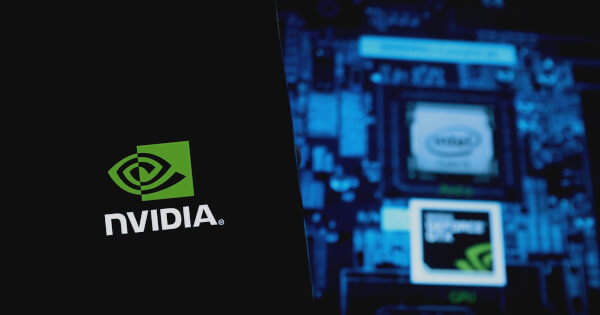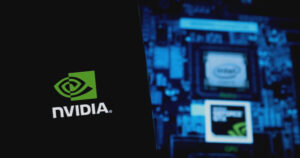NVIDIA Introduces Digital Human Interface Blueprint for AI Applications

Zach Anderson
Sep 26, 2024 12:32
NVIDIA unveils the NIM Agent Blueprint, enabling the development of digital human interfaces for AI applications, enhancing customer service with human-like interactions.
Providing customers with quality service remains a top priority for businesses across industries, from answering questions and troubleshooting issues to facilitating online orders. As businesses scale operations and expand offerings globally to compete, the demand for seamless customer service grows exponentially, according to NVIDIA Technical Blog.
Enhancing Customer Service with Digital Human Interfaces
Traditional customer service methods, such as knowledge base articles and phone trees, often overwhelm customers with dense information, leading to poor retention. To address this, NVIDIA has introduced its digital human NVIDIA NIM Agent Blueprint, combining NVIDIA NIM microservices with reference code and documentation to enable a more engaging and effective customer service experience.
Instead of relying solely on text-based chatbots, businesses can now deploy digital human interfaces that offer smooth, human-like interactions. This innovative approach leverages technologies like generative AI, conversational AI, and visual AI to increase user engagement and satisfaction.
Designing a Human-Like Chatbot for Customer Service
When developing a customer service tool, it is crucial to consider the end users and their preferred interaction methods. While text-based applications have advantages, the need for multilingual support and precise information retrieval drives the demand for digital human interfaces. For example, enterprises can use avatars like James, an interactive digital human knowledgeable about NVIDIA products, to provide scalable and accurate customer support using retrieval-augmented generation (RAG) for information retrieval.
The digital human for customer service NVIDIA NIM Agent Blueprint includes several key components:
NVIDIA Riva ASR NIM: A state-of-the-art Parakeet automatic speech recognition (ASR) model that transcribes spoken English with high accuracy.
NVIDIA Riva TTS NIM: FastPitch, a mel-spectrogram generator, is used in conjunction with a neural vocoder to produce male or female US English voices.
NVIDIA Audio2Face NIM: Animates 3D character facial characteristics to match any audio track.
Llama 3 8B NIM: An advanced large language model (LLM) with superior language understanding, reasoning, and text generation capabilities.
Building a Digital Human Interface
The digital human for customer service NIM Agent Blueprint, powered by NVIDIA Tokkio, integrates with existing generative AI applications built using RAG. This approach brings enterprise applications to life with a 3D animated digital human interface, enhancing user experiences and providing faster resolutions.
The blueprint involves two main steps:
Step 1: Initiating User Interaction
Audio from the user is processed through the web front end, passed to the NVIDIA ACE agent, and converted from audio to text and back to audio during interactions.
Step 2: Powering Life-Like Digital Humans
The agent uses the audio pipeline to animate the avatar and render lifelike features. User feedback is then incorporated into the backend RAG application for continuous improvement.
The blueprint package includes:
A customizable digital human named Ben
Sample applications
Customization documentation
Reference code
Helm chart
Integration guidelines
Deployment instructions
Evaluation metrics
Getting Started
To explore the interactive demo of the digital human for customer service, visit the NVIDIA ACE. For documentation, sample code, and Helm chart, check out the Generative AI Examples GitHub repository. Join the NVIDIA Developer Program for free access during development or request a 90-day trial of NVIDIA AI Enterprise for further support.
Image source: Shutterstock













